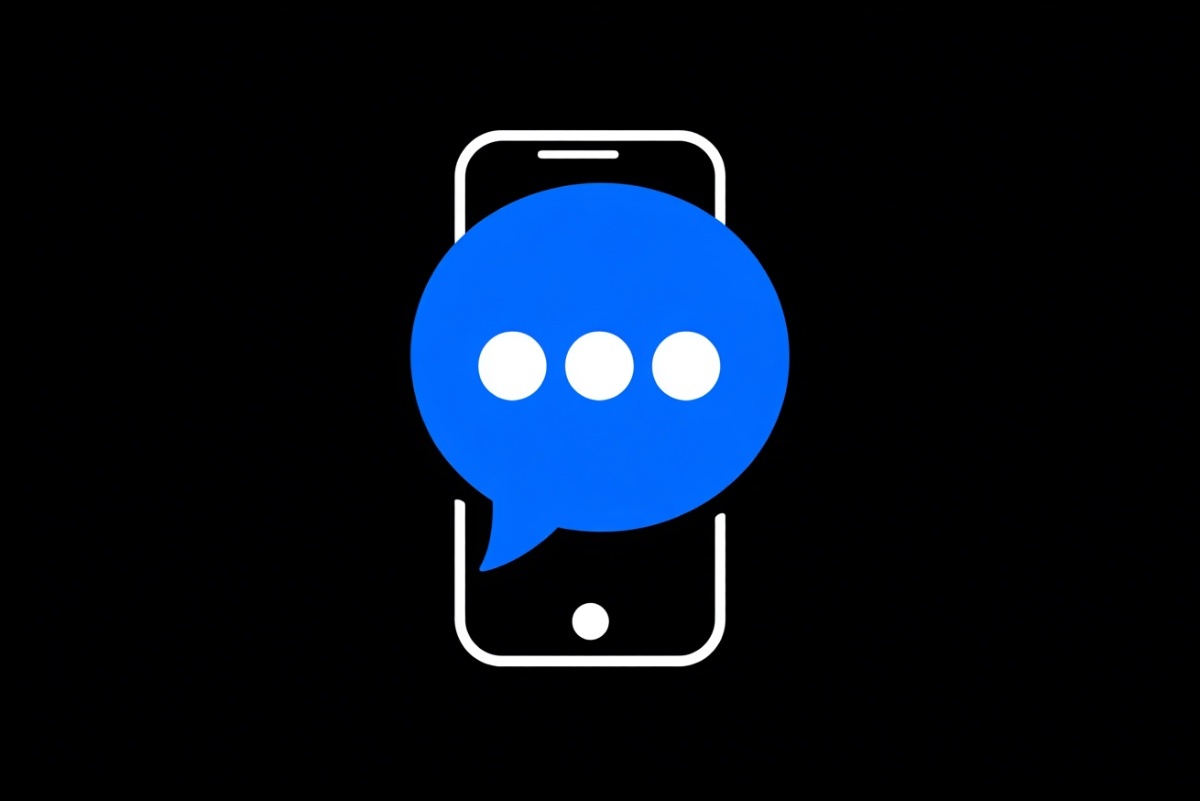Signal: The Curated Image of Privacy and The Uncomfortable Truth

Signal is widely regarded as the crown jewel of privacy messaging: open-source, non-profit, end-to-end encrypted, and free of advertising or corporate surveillance. At a time when public trust in Big Tech has collapsed under the weight of data breaches, censorship scandals, and geopolitical manipulation, Signal promises the opposite , security, autonomy, and digital dignity. It is endorsed by whistleblowers, cryptographers, journalists, billionaires, and even anarchists. For many, it is more than an app , it is a moral choice.
Yet behind this near-mythological status lies a more uncomfortable reality. Signal is not as structurally independent as it presents itself. Its protocol development is centralized. Its governance is opaque. Its infrastructure is closed and non-federated. Its funding origins are tied, directly and indirectly, to the U.S. government. And it relies on phone numbers , inherently linkable to real-world identities , as the cornerstone of user accounts.
In short, Signal’s public branding as a politically neutral, grassroots technology is more image than substance. It is not corporate in the conventional sense, but its entanglements are no less worthy of scrutiny. It may be the best of the mainstream options , but it is far from the ideal it pretends to be.
The myth of the pure alternative
Signal’s rise to prominence is inseparable from the collapse in trust toward existing platforms. WhatsApp, once a paid, minimal app with a commitment to privacy, was acquired by Facebook (now Meta) in 2014. Despite promises not to integrate user data, WhatsApp gradually absorbed the tracking and monetization model of its parent company. Telegram, often advertised as a “secure” alternative, stores messages on its servers by default, does not use full end-to-end encryption for group chats, and is closed-source on the server side. iMessage is limited to Apple users and tightly controlled within its hardware ecosystem.
Against this background, Signal positioned itself as the radical exception: a free tool built by a non-profit foundation, backed by cryptographic rigor, and untainted by commercial incentives. Its protocol was adopted by WhatsApp, Messenger, and Google , a sign, many argued, of its security leadership.
But wide adoption of a protocol does not equal moral superiority. And being “less bad” than Meta is not the same as being structurally sound or politically neutral.
The money trail: Open Technology Fund and soft power politics
One of the most overlooked aspects of Signal’s development is its funding. While much attention is paid to the $50 million donation from WhatsApp co-founder Brian Acton in 2018, this narrative omits earlier and deeper financial links. Signal , or more precisely, its precursor, Open Whisper Systems , was funded in part by the Open Technology Fund (OTF), an initiative financed by the U.S. Agency for Global Media, formerly part of the Broadcasting Board of Governors.
The OTF’s mission is openly geopolitical: to fund tools that support free expression in repressive regimes , in practice, this often means advancing U.S. strategic goals in rival states. Tools funded by OTF are not random picks; they are selected because they serve a geopolitical function. And while OTF presents itself as a neutral funder of privacy tech, its existence is entirely dependent on U.S. State Department budgets and interests.
That Signal’s foundational technology was incubated within this ecosystem is not trivial. It raises the question: can a platform claim ideological independence if its infrastructure and cryptographic legitimacy were enabled by institutions serving national strategy?
It is not a matter of believing that Signal is an “intelligence op.” It is a matter of acknowledging that what appears to be neutral infrastructure is often shaped by political funding , and that those financial origins matter, especially when the product becomes globally dominant in the space of secure communication.
Centralization disguised as freedom
Signal prides itself on being open source. The client code is public, and the protocol is published for peer review. This transparency is, without doubt, better than the opaque backend operations of Telegram or Meta. But open source is not the same as decentralization. And it certainly is not the same as participatory governance.
Signal is developed, maintained, and controlled by a very small group of core developers who do not accept contributions to the protocol or architecture. No independent body oversees the foundation’s decisions. There is no separation between the software, the infrastructure, and the governance , all are tightly controlled by a central authority. And Signal has made it explicitly clear that it will not support federation , the ability to connect other servers or third-party apps to its network.
Why does this matter? Because a truly free communication platform cannot be governed by a single gatekeeper. When a protocol and its infrastructure are locked together, users are entirely dependent on the central authority to set the rules, approve changes, and control infrastructure access. This is precisely the model Signal claims to oppose in the commercial realm, yet reproduces in its own practice.
Federation refusal and ecosystem isolation
Federation is a concept familiar from email or the Fediverse: users on different servers can interact using a common protocol. It enables decentralization, resilience, and autonomy. If one server is compromised, others remain unaffected. If one project becomes authoritarian, others can fork and continue.
Signal rejects this model. In his now-deleted blog post Reflections: Why I’m Not Federating Signal, Moxie Marlinspike argued that federation would make moderation and development too difficult. In other words, to retain control over abuse mitigation and user experience, federation was sacrificed.
This refusal has consequences. Signal users are permanently locked into Signal’s own app, own servers, and own infrastructure. There is no way to run your own instance of Signal. There is no “Signal-compatible” alternative client. There is no fallback if the foundation collapses, sells out, or changes direction. For a project built on distrust of power, this model replicates the same single point of failure logic that it claims to resist.
The metadata dilemma: phone numbers and identity
Perhaps the most glaring contradiction in Signal’s model is the use of phone numbers as mandatory identifiers. Every user must register with a number, which in many countries requires legal identification to obtain. This creates a permanent identity anchor that can be linked to real-world individuals , even if the contents of the messages are encrypted.
While Signal claims not to store metadata, the reliance on centralized servers and identity-based registration inevitably creates metadata flows. Patterns of communication , who messages whom, when, and how often , can be monitored by anyone with access to server logs or traffic flows, especially at the network level.
The promise of content encryption is not enough when identity is baked into the system. True privacy requires unlinkability , the inability to tie activity to specific identities. By making the phone number the gatekeeper to the platform, Signal weakens this fundamental principle.
Plans to introduce usernames have been floated for years. In 2023, the foundation began testing this feature. But its rollout has been slow, partial, and restricted. And even when available, phone numbers remain a requirement for registration. Until this is changed, Signal cannot be called a truly anonymous platform.
Psychological branding and cult of personality
Signal’s reputation is not built solely on technology , it is built on myth-making. The public image of Moxie Marlinspike as a rogue cryptographer, the endorsement by Edward Snowden, the “use Signal” mantra from tech billionaires , all of these create a powerful branding narrative. Signal is framed not just as software, but as a political stance.
This branding matters. Most users cannot audit code or evaluate infrastructure. They rely on trust , and Signal has cultivated that trust expertly. But that trust is not always deserved. The cult-like status of Signal and its founder has deflected serious criticism and discouraged deeper investigation. Meanwhile, real decentralization projects like Matrix, Briar, or Session remain niche, often dismissed as “too technical” or “not user-friendly” , precisely because they lack the branding and simplicity that Signal offers.
This is not to say Signal is useless or malicious. It is to say that it benefits from an image that does not reflect its structural reality.
Relative superiority is not enough
Yes, Signal is better than WhatsApp. Yes, it is better than Telegram. But that bar is extraordinarily low. Being “less evil” than surveillance-capitalist corporations does not make a platform fundamentally good or free. When we talk about secure communication, the standards should be higher than simply avoiding Facebook.
A truly trustworthy platform must be open in code, governance, and infrastructure. It must be decentralized, forkable, and identity-optional. It must resist soft power influence , not just adtech influence. Signal fails on these metrics.
Conclusion
Signal is not a villain. But it is not a savior either. It sits uncomfortably in between: a technically solid, politically curated product whose image outpaces its reality. It offers encrypted messaging, but only within the limits of its centralized, identity-bound ecosystem. It avoids advertising and surveillance capitalism, but not geopolitical entanglement or infrastructural centralization.
In a world starved for privacy, Signal is better than most , but that is no reason to treat it as sacred. It is a stepping stone, not a destination. And until we demand more than curated myths and polished encryption, we will continue to mistake containment for freedom.


















